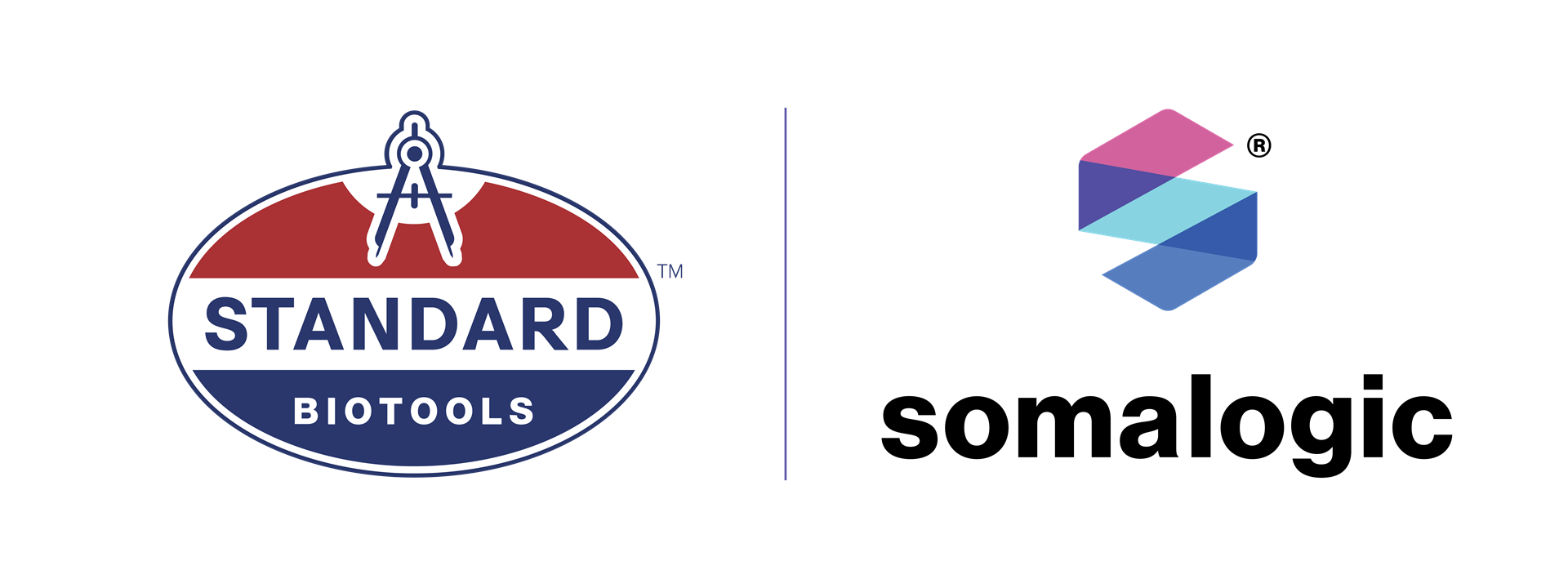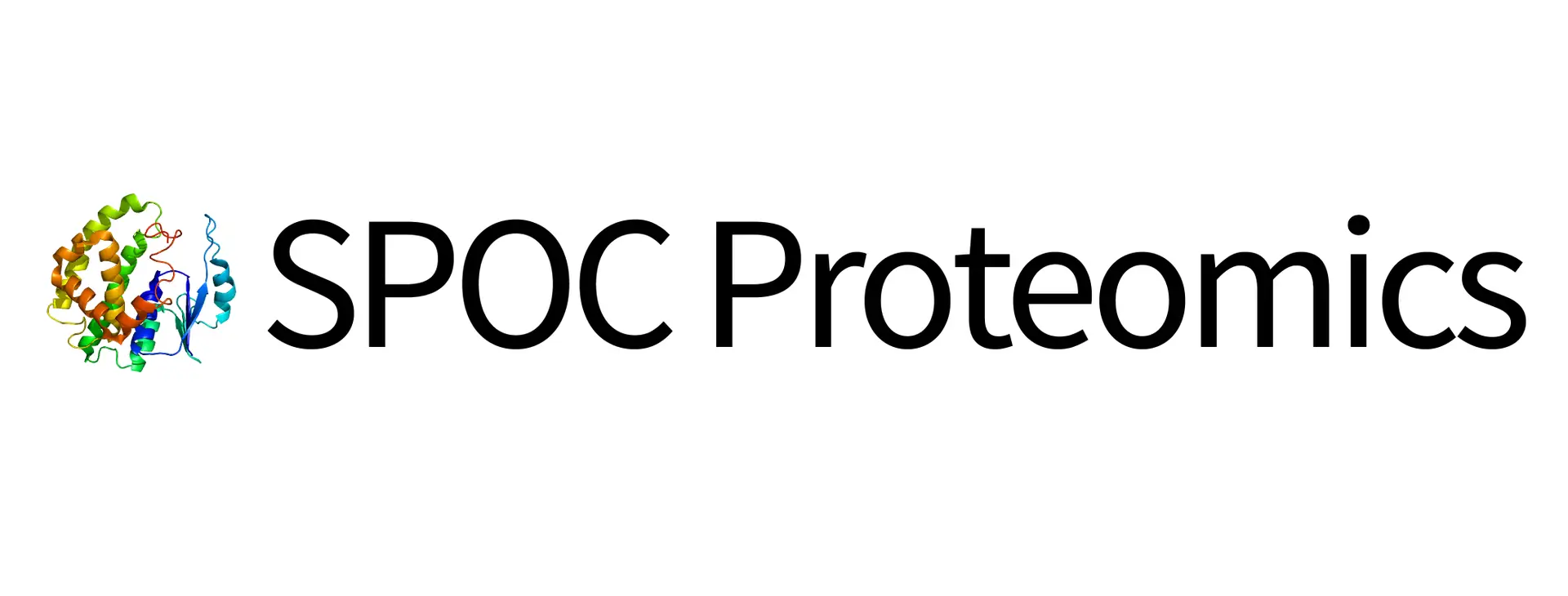Leadership:
Jochen Schwenk, Sweden (Professor, KTH)
Eric Deutsch, USA (Senior Research Scientist, Institute for Systems Biology)
Team Members:
Sara Ahadi, USA (Sr. Computational Biologist, Alkahest, Inc.)
Vincent Albrecht, Germany (ECR, PhD Student, Max Planck Institute of Biochemistry)
Virginie Brun, France (Laboratory Head, CEA/DRF/IRIG/DS/BGE/Inserm/UGA)
Laura Dagley, Australia (Proteomics Facility Manager, The Walter and Eliza Hall Institute of Medical Research)
Fredrik Edfors, Sweden (ECR, Fellow, KTH)
Philipp Geyer, Germany (Director, Proteomics Research, Exact Sciences)
Stefanie Hauck, Germany (Head of Metabolomics and Proteomics Core, Helmholtz Zentrum Munich)
Daniel Hornburg, USA (VP, Proteomics, Seer, Inc)
Robert Moritz, USA (Professor, Institute for Systems Biology)
Gil Omenn, USA (Professor, University of Michigan)
Kanna Palaniappan, USA (Senior Scientist, Freenome)
Maria Pernemalm, Sweden (Assistant professor, SciLifeLab, Karolinska Institute)
Yves Vandenbrouck, France (Senior Research Scientist, IRIG-BGE, UGA/CEA/INSERM)
Xiaobo Yu, China (Professor, National Center for Protein Sciences-Beijing, PHOENIX Center)
Team Expertise:
Human Protein Atlas, Affinity Proteomics, Translational Proteomics, Pediatric Plasma Proteomics, Human Plasma PeptideAtlas, Computational Proteomics, Proteomics Data Standards, Antibodies, Mass spectrometry, Clinical proteomics, Protein-based disease diagnostics, Industry, Chemical Proteomics and Proteogenomics facilities, Serum Proteomics Platform Development, Autoimmunity
The HPPP was initiated in 2002 as the means to overcome the major challenges (e.g. sensitivity and analytical depth) for proteomics studies utilising blood plasma. The HPPP provided the strategy to deal with the growing numbers of plasma samples being systematically collected, stored, and accessible through biobanks.
Contact: office(at)hupo.org
Overall aim: To collect and facilitate the advances in plasma protein analysis using different technologies, diseases, and concepts.
The HPPP serves to bring together different contributions to plasma proteomics from the perspective of mass spectrometry and affinity-based assays and provide a platform to discuss success stories, technological possibilities, viewpoints and perspectives on how plasma proteomics has and will continue to advance.
News:
The team has published a review of recent advances in plasma proteomics, providing a set of key aspects that should be considered before embarking on a new plasma proteomics study. The review is published in the 2021 HPP Special Issue here:
- Suhre et al. "Genetics Meets Proteomics: Perspectives for Large Population-Based Studies" in Nature Reviews Genetics
- Deutsch et al. "Advances and Utility of the Human Plasma Proteome, J Proteome Research"
Activities for 2023:
We are in the process of writing another review of the plasma proteomics field.
Collection of Recent Papers:
- Ignjatovic et al. Mass Spectrometry-Based Plasma Proteomics: Considerations from Sample Collection to Achieving Translational Data
- Geyer et al. Plasma Proteome Profiling to detect and avoid sample-related biases in biomarker studies
- Schwenk JM, et al., The Human Plasma Proteome Draft of 2017: Building on the Human Plasma PeptideAtlas from Mass Spectrometry and Complementary Assays DOI: 10.1021/acs.jproteome.7b00467
- Geyer, P. E.; et al. Revisiting biomarker discovery by plasma proteomics. Mol Syst Biol 2017,13 (9), 942.
- Smith, J. G et al., Emerging Affinity-Based Proteomic Technologies for Large-Scale Plasma Profiling in Cardiovascular Disease. Circulation 2017, 135 (17), 1651−1664.
- Huang Z, Ma L, Huang C, Li Q, Nice EC., Proteomic profiling of human plasma for cancer biomarker discovery, Proteomics. 2016 Aug 23. doi: 10.1002/pmic.201600240
- Geyer PE, Kulak NA, Pichler G, Holdt LM, Teupser D, Mann M., Plasma Proteome Profiling to Assess Human Health and Disease, Cell Syst. 2016 Mar 23;2(3):185-95. doi: 10.1016/j.cels.2016.02.015
- Keshishian H, Burgess MW, Gillette MA, Mertins P, Clauser KR, Mani DR, Kuhn EW, Farrell LA, Gerszten RE, Carr SA, Multiplexed, Quantitative Workflow for Sensitive Biomarker Discovery in Plasma Yields Novel Candidates for Early Myocardial Injury, Mol Cell Proteomics. 2015 Sep;14(9):2375-93. doi: 10.1074/mcp.M114.046813
Related and useful links:
HPPP Data Central, hosted by PeptideAtlas.
Comparison of the Plasma PeptideAtlas data with cHPP.
The proteins detected in plasma by MS, hosted by PeptideAtlas.
Popular plasma proteins detected by MS_and affinity-based assays.


.png)
















